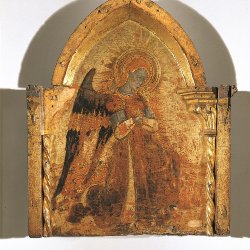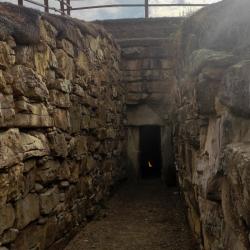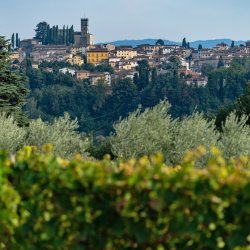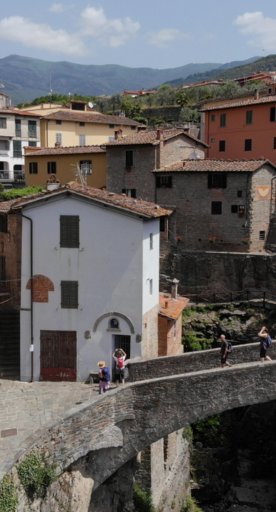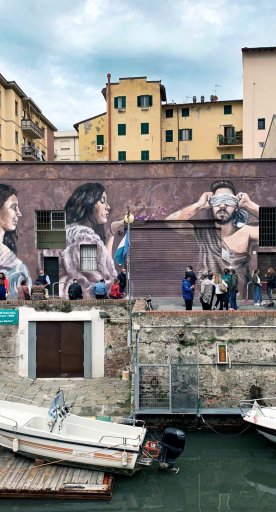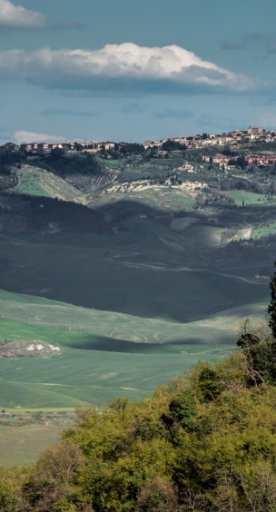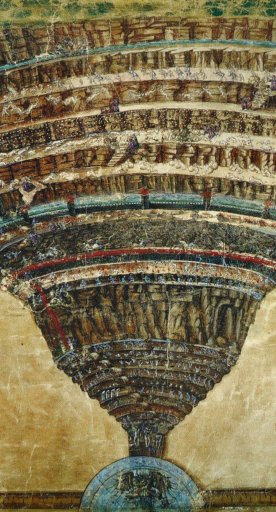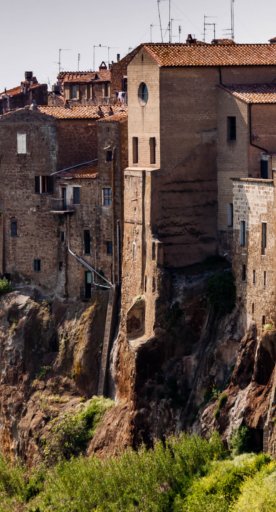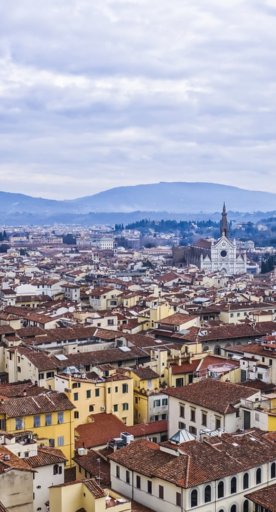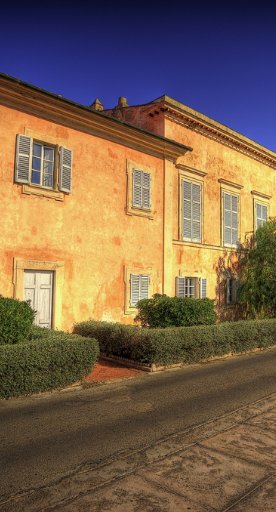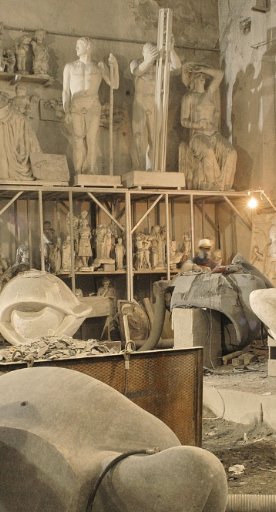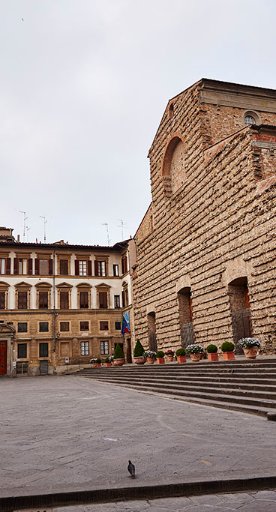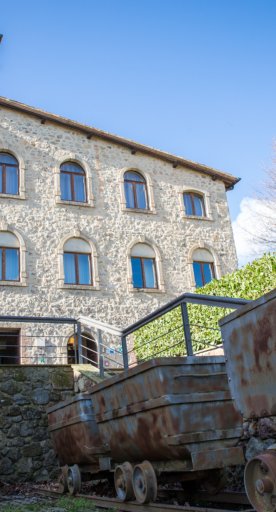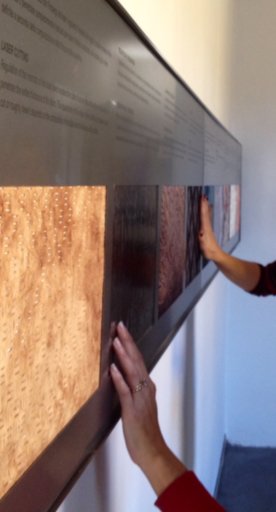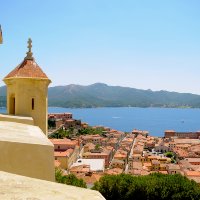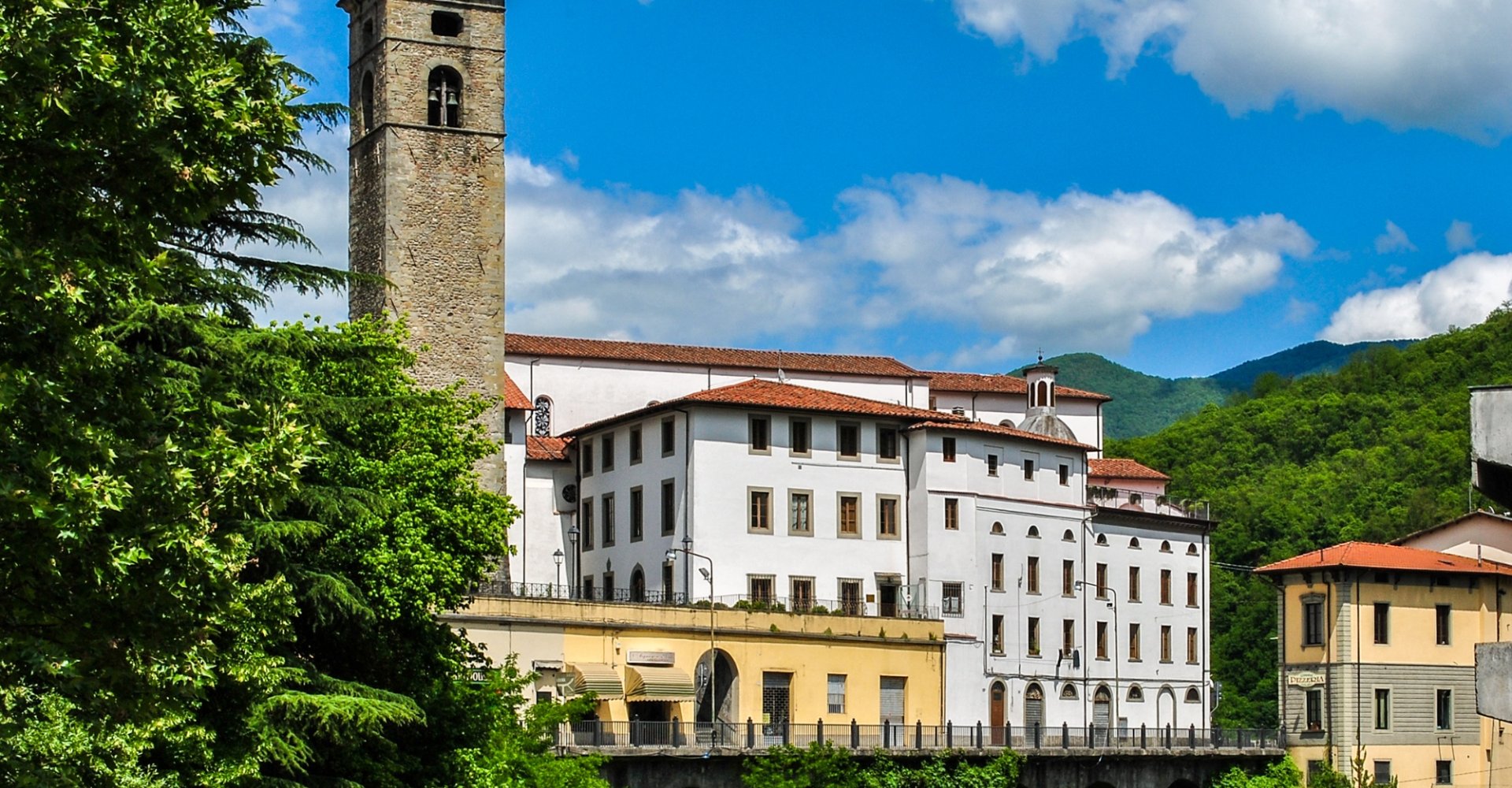

Fortresses and hiking in Castelnuovo di Garfagnana
Discover the heart of Garfagnana, amidst castles, churches and stunning trails
Deep in the heart of Garfagnana, a lush territory nestled between the Apuan Alps and Tuscan-Emilian Apennines, is dotted with small towns characterized by their intact medieval appearance, but the largest town is by far the enchanting Castelnuovo di Garfagnana. The town is an authentic representation of Tuscan life, conserving a 15th-century cathedral, fortresses and winding alleys. In this article, we’ll bring you on a short itinerary of the lovely town, showing you the best sites to see and nature to admire.
-
1.The Cathedral of Santi Pietro e Paolo
-
2.Exploring Rocca Ariostesca
-
3.Mont’Alfonso Fortress
The Cathedral of Santi Pietro e Paolo
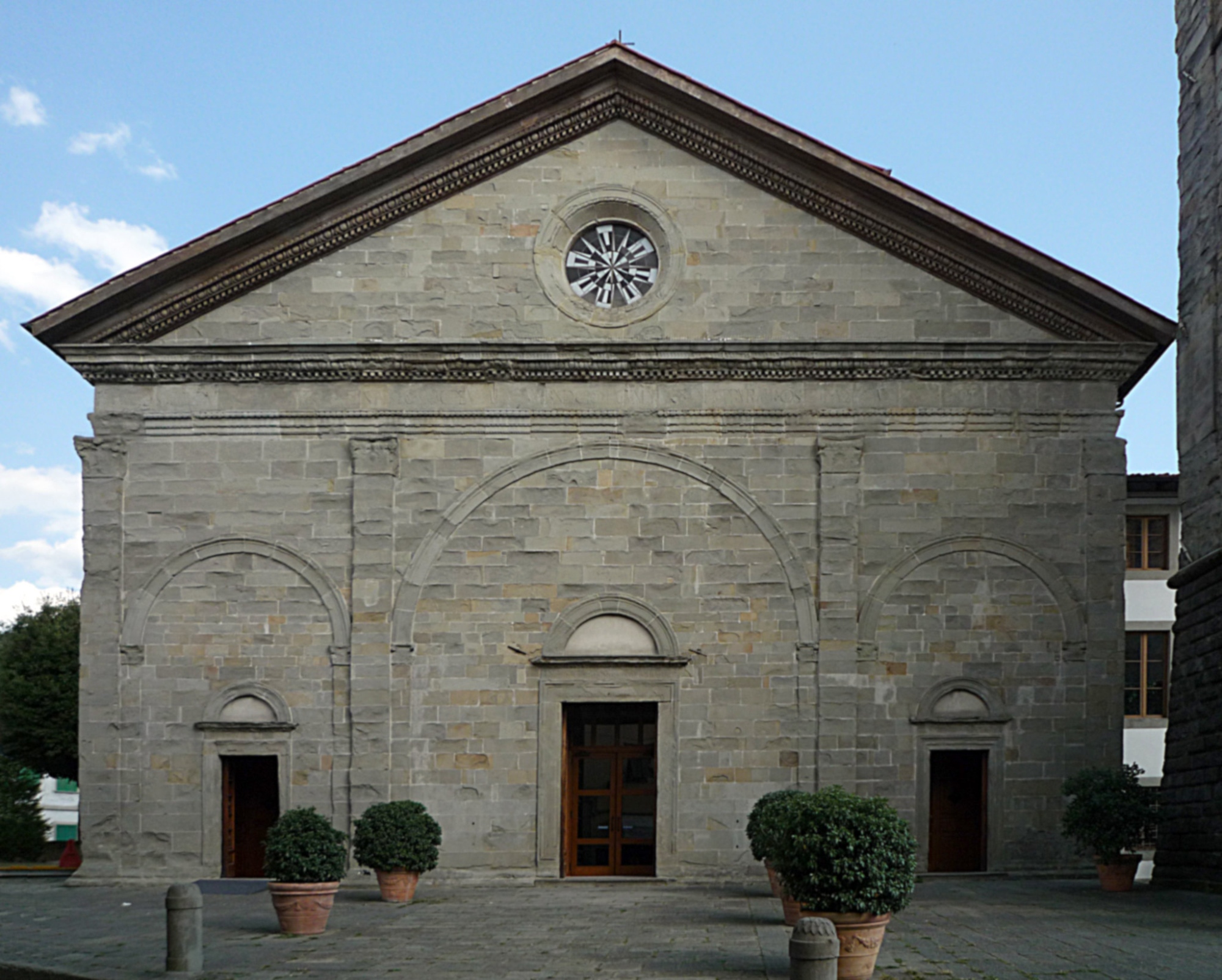
Any visit to a Tuscan town worth its salt should start at the cathedral or main church. In this case, let’s begin our tour at the Cathedral of Santi Pietro e Paolo, built in the second half of the 1400s atop a former Romanesque church built in the 11th century. During the Baroque era, much of the inside was transformed, while the apse was completely restored in the 19th century, leaving a stark difference between the interior and exterior.
The three-aisle interior today conserves an early 15th-century glazed terracotta St. Joseph by Andrea della Robbia’s workshop, an Assumption attributed to Santi di Tito from the late 1500s and a Madonna and Child with Saints, whose attribution is still debated today, as scholars are split between crediting the painting to Giuseppe Porta or Giovanni Antonio Sogliani. For something unique, pop into the Chapel of San Giuseppe, next to the apse: here, you’ll find a curious wooden crucifix from the 1400s known as Black Christ.
Exploring Rocca Ariostesca
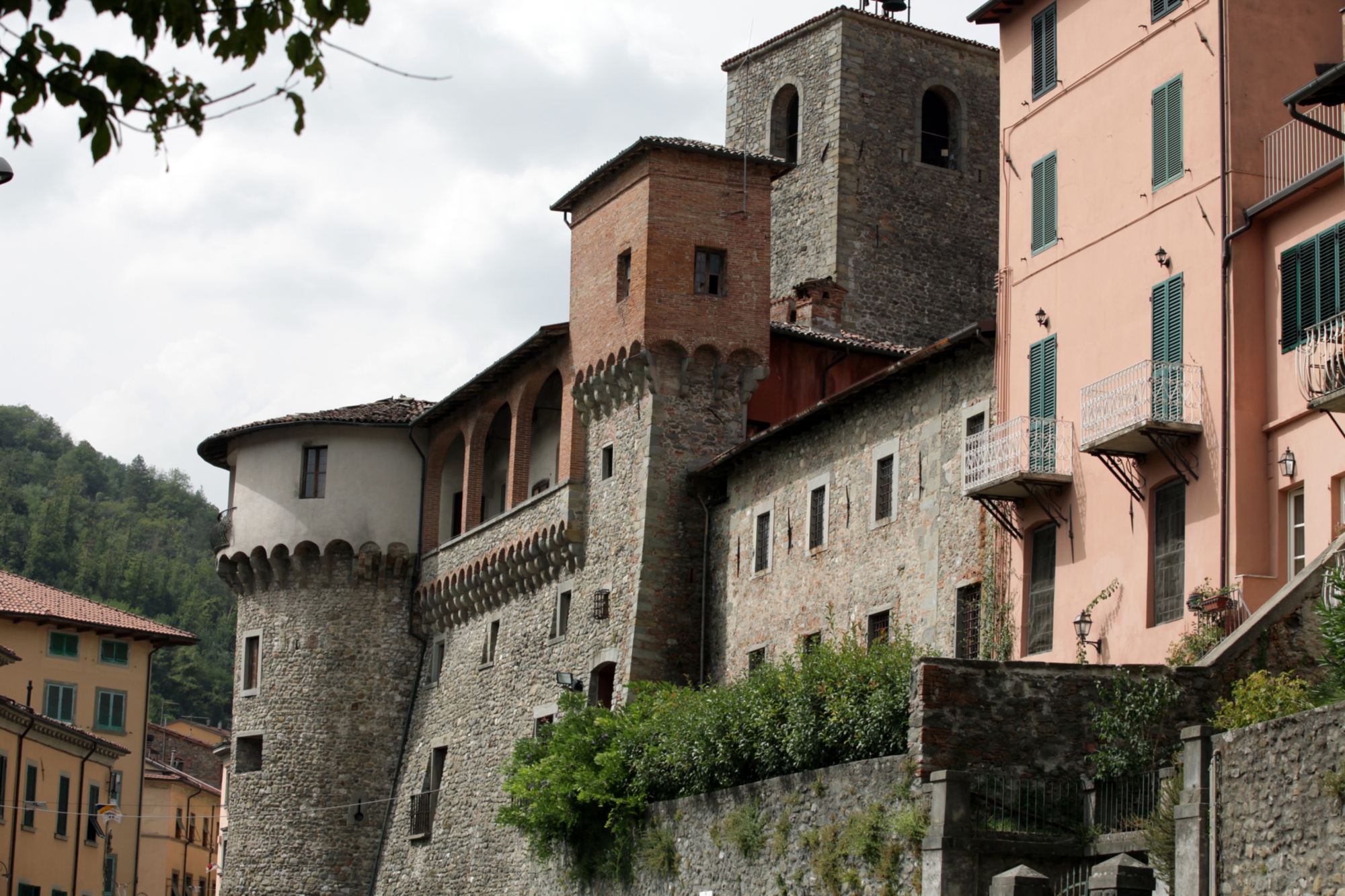
Our next stop is the Rocca Ariostesca. The fortress was originally built in the 11th century though it was modified in the 13th and 14th centuries, when, among other things, the clock tower was added. The fortress is the symbol of the town, characterized by its trapezoid shape and two internal courtyards. The building was named “Ariostesca” after the famous poet Ludovico Ariosto, who resided in the fortress from 1522 to 1525, when he was the governor of Garfagnana on behalf of the Duchy of Ferrara; at the time, the fortress was the seat of the local government. Today, the building hosts exhibitions and cultural events, as well as an archeological museum that conserves artifacts from the Prehistoric, Ligurian and Etruscan eras in Garfagnana.
Let’s get a quick look at the picturesque bridge leading from the former castle and now the main side of town to the Santa Lucia neighbourhood. The bridge was commissioned by Castruccio Castracani, the Duke of Lucca and a condottiero, in 1324. In fact, the gate on the town-side of the river is known as “Porta di Castruccio”.
Mont’Alfonso Fortress
Next, let’s take a walk up to the Mont’Alfonso Fortress, about 40 minutes on foot from the town centre via the scenic Ariosto Trail. The stronghold was built between 1579 and 1586 by Alfonso I d’Este to guard the border with Lucca. The fortress held immense military importance was massive in size: 60,000 square metres, 1,150 metres of defense walls, seven bastions and two doors ensured that the structure would be the main military headquarters in the centuries to come. Today, the fortress hosts a cultural centre and the Museum of Folk Traditions.
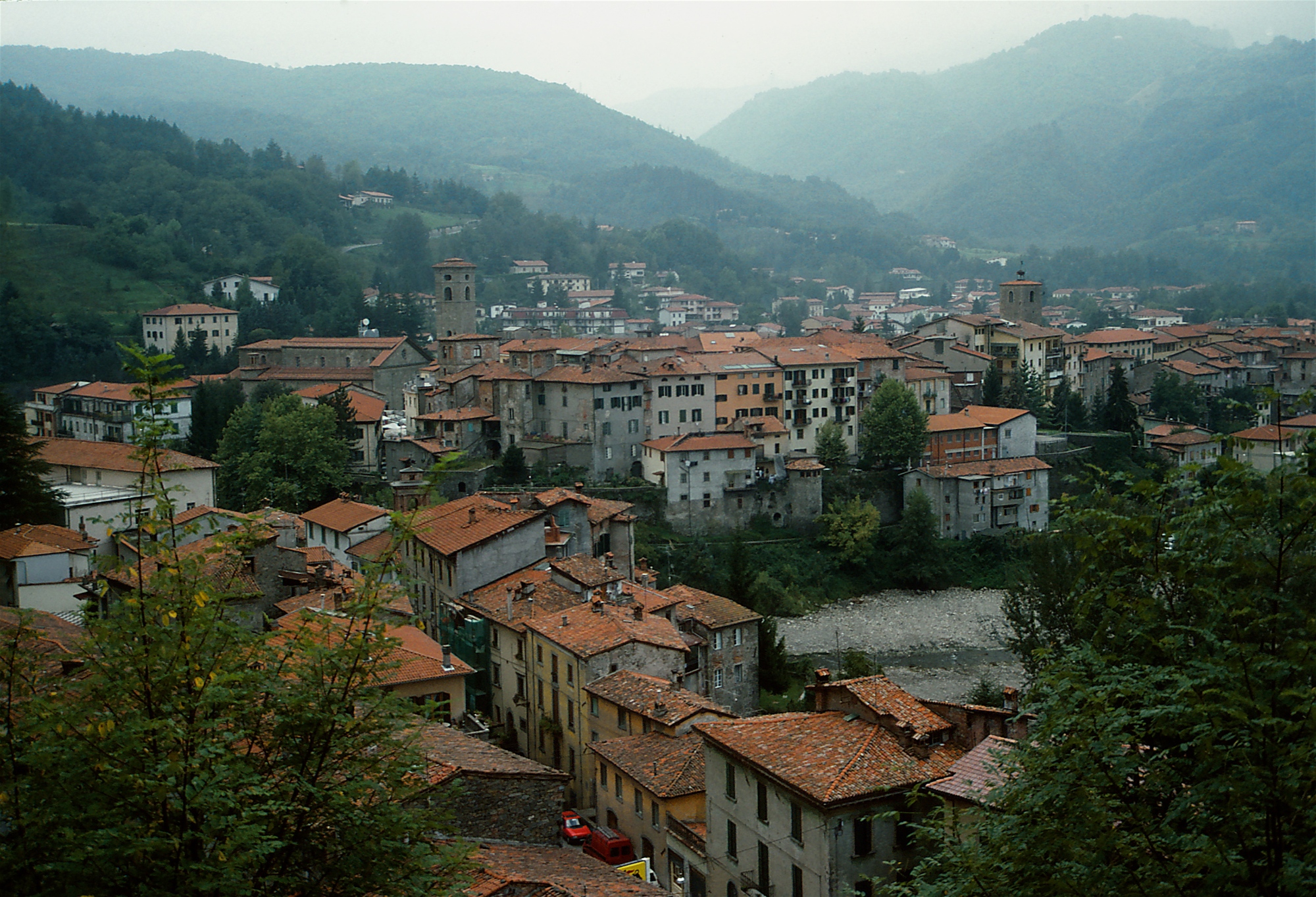
Castelnuovo di Garfagnana is the perfect place for anyone who wants to immerse themselves in stunning nature. While we don’t recommend walking the whole path unless that’s the focus of your holiday, the Garfagnana Trekking Tour is a nine-day loop starting and ending in Castelnuovo, making it the perfect trail for a few hours hiking before turning back. You can either walk in the direction of the “E. Rossi” Refuge or hike the path “backwards” in the direction of San Pellegrino in Alpe.







